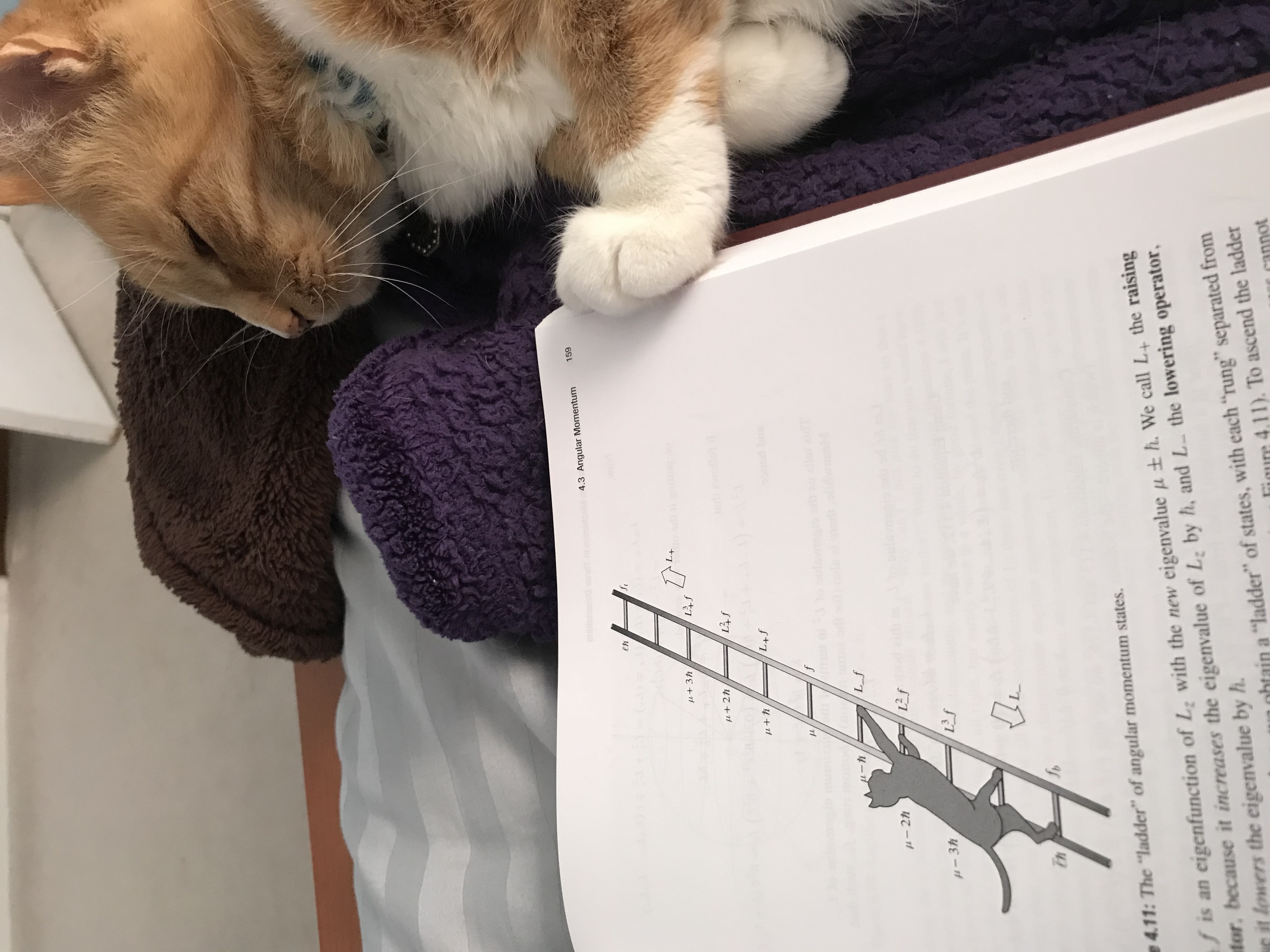Quantum Mechanics



Orthodox Quantum Mechanics is an algorithm which is used by physicists to make predictions about the outcomes of experiments. In orthodox quantum mechanics the state of a quantum system is given by its wave function. The state evolves according to the Schrodinger equation until it is acted upon by a classical macroscopic object, at which point a measurement occurs. Associated to each measurement is a self-adjoint operator (or more generally, a POVM) which can be used to compute the outcomes of measurements from the state wave function. At the moment of measurement the wave function does not satisfy the Schrodinger equation, instead it "collapses" to an eigenstate of the measured operator. Members of the orthodox (Copenhagen) school of Quantum Mechanics do not attempt to provide an objective description of reality, only a description of experimental outcomes, so their algorithms are not satisfactory to me as a physical theory.
Detleff Durr and Dustin Lazarovici
I could never deny the immense success that orthodox quantum theory has had in its stated goal. However, I take several issues with those who believe this algorithm is sufficient as a physical theory. Firstly, their algorithm as commonly presented is unnervingly vague, at least about the role of "measurement".
J.S. BELL
Against "Measurement"
The vagueness of "measurement" rarely generates any obstruction to those attempting to predict experimental outcomes from the quantum algorithm. It does generate some obstruction for students attempting to learn the algorithm; especially for those who enter their studies under the naive belief that quantum mechanics is a theory about reality. But they learn early on that this is just a "skill-issue". If you ignore the exceptional cases that are almost never relevant in practice, then quantum theory makes clear predictions. Leaving all the foundational problems to the philosophers, one convinces themselves that the algorithm works as long as they do not stray from the class of experiments for which the theory makes clear predictions. (Un?)fortunately, there are easily accessible experiments that fall outside this class, such as the arrival time problem.
The second issue I take with the orthodox school is their rejection of reality at the quantum scale. Once again I admit that there is nothing wrong with presenting an algorithm for the outcomes of certain measurements, this is an important part of physics and the quantum algorithm has proven highly successful. I take issue when one claims that there is nothing beyond this algorithm, that there is no reality outside the readings of measuring devices.
Niels Bohr
It is instructive to contrast their approach to physics with the approach taken in classical mechanics. The state of a classical system of particles can be translated into a mathematical framework by respresenting their positions and momenta as vectors. The state (position and momenta vectors) evolves in time according to a differential equation, and at any time we "translate back into reality" by saying the positions and momenta of our particles are given by these vectors. Orthodox quantum mechanics makes no effort to translate its state wave functions back into reality, it only translates into "our knowledge of reality".
Rudolf Peierls
The ontology of orthodox quantum mechanics reeks heavily of idealism, which is the belief that the only things which truly exists are our perceptions of the external world. Idealism as an ideology is fine, unless one is attempting to study the universe. Idealism rejects the notion of "the external world", but we cannot reject the thing we mean to study!
John Bell
A satisfactory physical theory of quantum mechanics should provide an objective description of reality. The algorithm of orthodox quantum mechanics is highly effective, but this incomplete theory is incapable of describing any aspect of reality outside the few moments when a measurement occurs. If quantum mechanics is a theory about particles (point masses which have a position at every moment in time) then a complete theory should describe the trajectory (deterministically or stochastically) of those particles, not reject the existence of trajectories between measurements. Somehow these trajectories would have to reproduce the empiraclly accurate statistics of the quantum mechanical algorithm.
Jean-Francois Revel
If quantum mechanics is a theory of wave functions (and them alone), then one must make clear how this wave function effectively describes the reality we experience: one with local distributions of matter that do not admit interference phenomena at the macroscopic scale. This is not a call to action, physicists should not drop their important groundbreaking work to study the foundations of quantum mechanics. But no physicist should ever claim that we have reached an emperical regime where no realist description of physics is sufficient to describe our data. Such claims are built from a desire to say something deep about the universe without having to provide proof.
Bertrand Russell